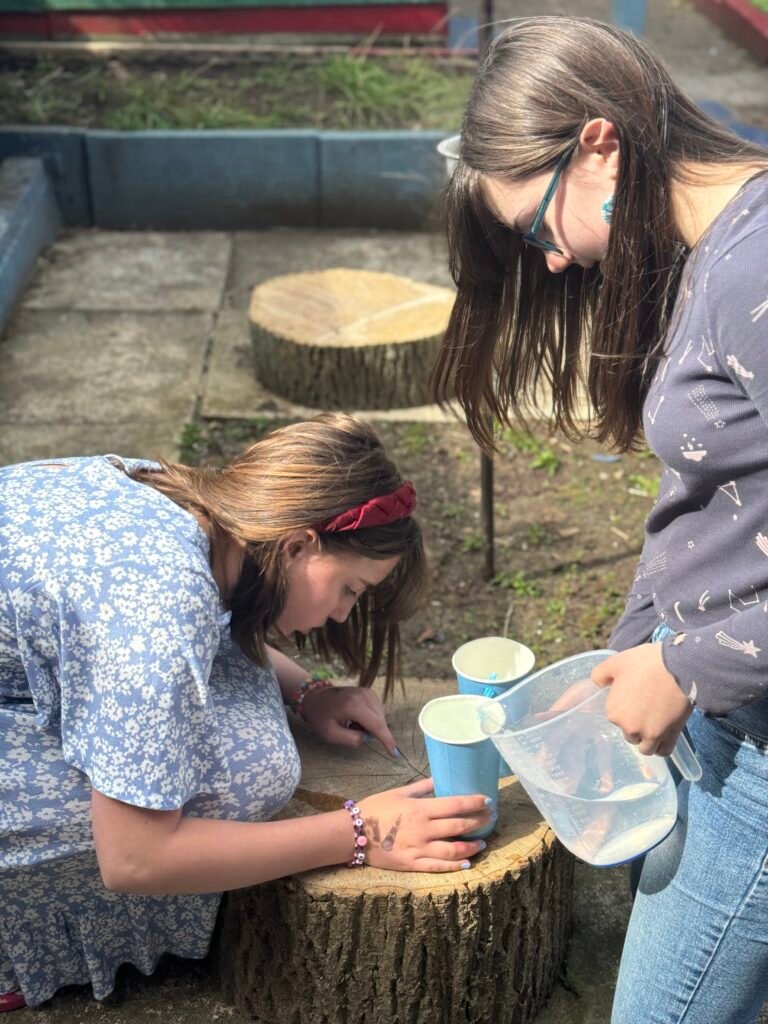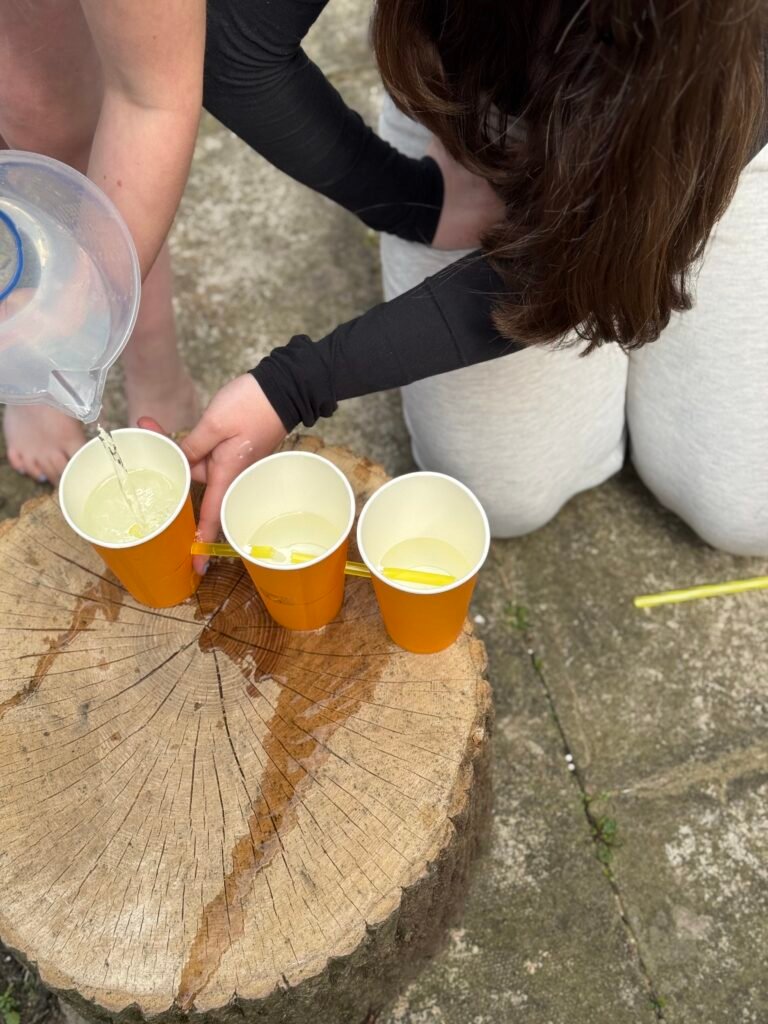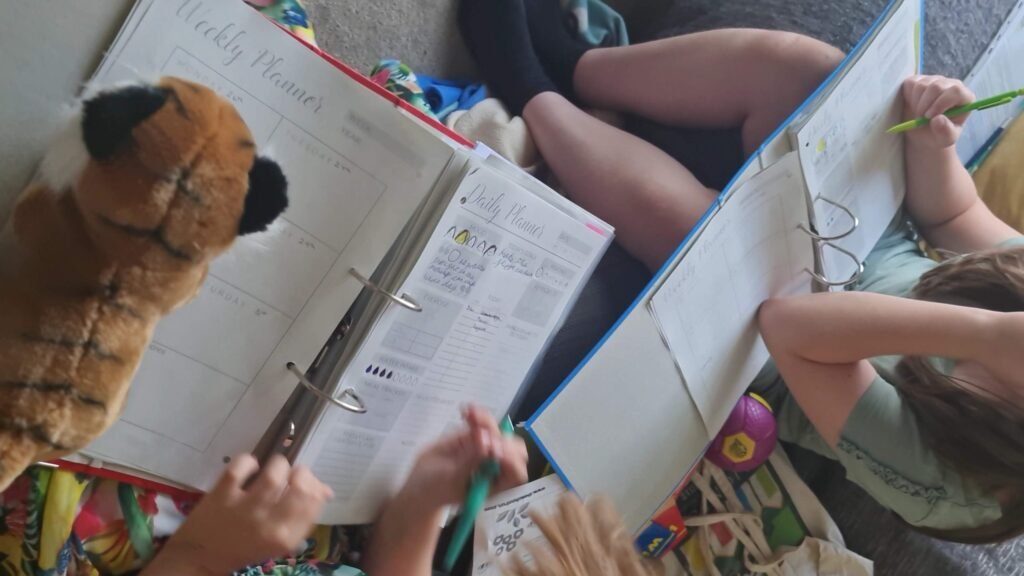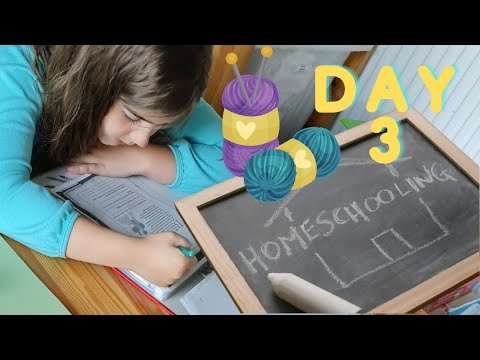Yesterday’s homeschooling adventure was all about water — how we collect it, store it and why it matters. What began as a hands-on STEM challenge quickly turned into a powerful lesson in sustainability, problem-solving and teamwork.
The Challenge:
Using just paper cups, straws and a hot glue gun if needed (you could change this to sticky tape for younger children), the girls were tasked with creating a simple system to collect and store water. The goal? To store water in at least two separate cups and then figure out a way to transfer it effectively from one to another.
No instructions, no hints — just creativity, logic and a little trial and error.

What They Learned:
- Design Thinking – They had to visualise how a system could work before building it.
- Problem Solving – When leaks happened or the straws didn’t work as planned, they went back to the drawing board.
- Collaboration – With each attempt, they shared ideas and improved the design together.
- Scientific Inquiry – They observed gravity, pressure and how water behaves in different containers.
- Sustainability Awareness – We discussed how collecting and reusing rainwater helps conserve fresh water and reduces reliance on tap water for gardening.

Why We Did It:
Beyond the fun of experimenting, this activity feeds into a bigger family project: designing a real rainwater collection and storage system for our vegetable pots. We want to make the most of nature’s resources — and teaching our children to think this way from the start is part of our long-term homeschooling vision (and homesteading plans 🙏🏼).

Extend the Learning:
Want to try this with your children? Here’s how:
Give them basic materials: paper cups, straws, glue gun or tape and a small jug of water.
Set the challenge: store and transfer water between at least two cups without spilling.
Watch them explore, experiment, and innovate!
Finish with a discussion: How could this apply to real-life water systems?
You can also follow up with a mini project designing a rainwater catchment system using containers, piping or recycled bottles, this is on our agenda as we need to get inventive due to being in temporary accommodation.
Watch It in Action:
Check out our 25-second YouTube Short to see part of the process unfold!
Why This Matters:
These small moments spark big thinking. They help our children connect science with real-world issues like water scarcity and sustainability — all while having fun and building confidence in their own problem-solving skills.
This activity reminded me that education doesn’t need to be complicated to be impactful — sometimes all it takes is a few cups, some water and a little curiosity.
Let’s Inspire Each Other:
Have you tried any water-related STEM activities with your children? I’d love to hear about them! Tag us on Instagram or share your ideas in the comments.



